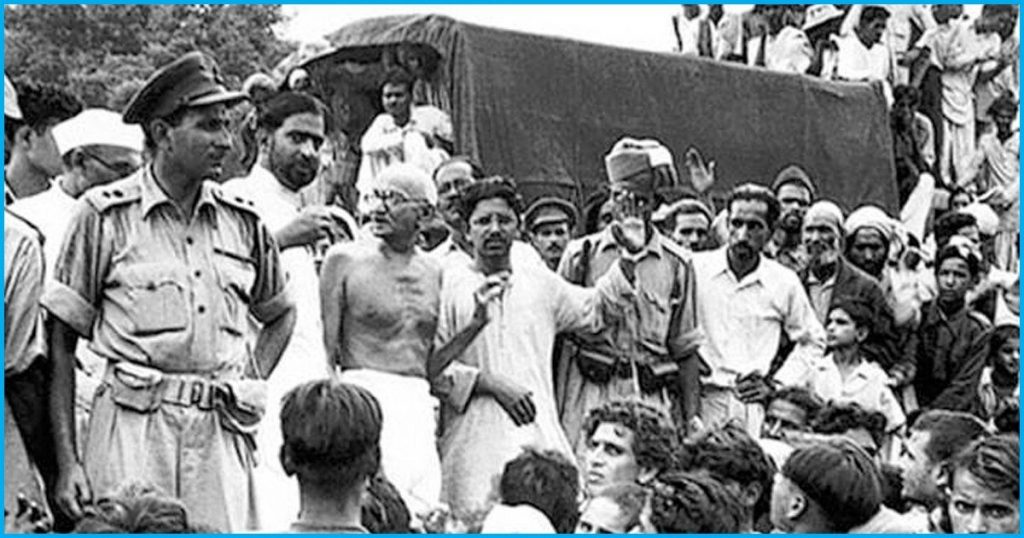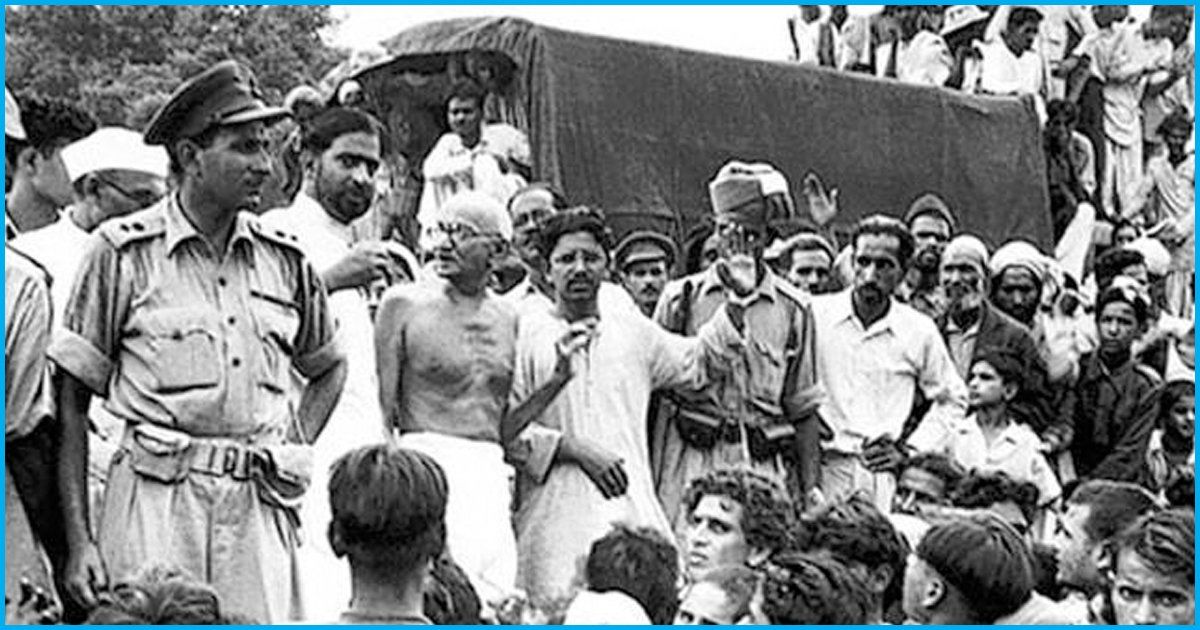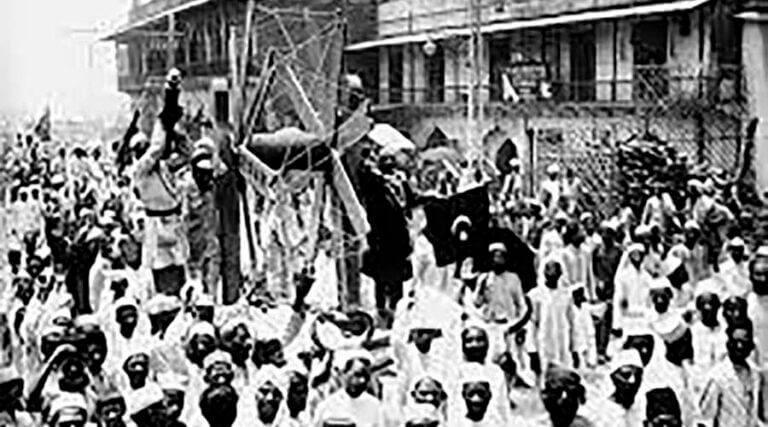Mahatma Gandhi spearheaded some of the most significant movements in India’s fight for independence, shaping the country’s destiny through nonviolent resistance and civil disobedience. His campaigns not only challenged British rule but also transformed Indian society. Here are some of his landmark movements:

1. Satyagraha (Truth & Nonviolent Resistance)
At the heart of Gandhian philosophy was Satyagraha, meaning “holding onto truth.” Gandhi believed that truth and moral force could overcome oppression without resorting to violence. Through peaceful protest, civil disobedience, and self-sacrifice, he challenged injustice while preserving human dignity.
2. Ahimsa (Nonviolence)
Nonviolence was not just a strategy—it was a fundamental principle of life. Ahimsa meant avoiding harm in thoughts, words, and actions. For Gandhi, violence only created more suffering, whereas love and compassion had the power to change hearts. This principle influenced global movements, including Martin Luther King Jr.’s civil rights activism.


3. Sarvodaya (Welfare of All)
Gandhi envisioned a society based on Sarvodaya, meaning “progress for all.” He rejected inequality and sought an India where every individual, regardless of caste or creed, could live with dignity and opportunity. His advocacy for social reforms, education, and rural development reflected this belief in uplifting the weakest sections of society.